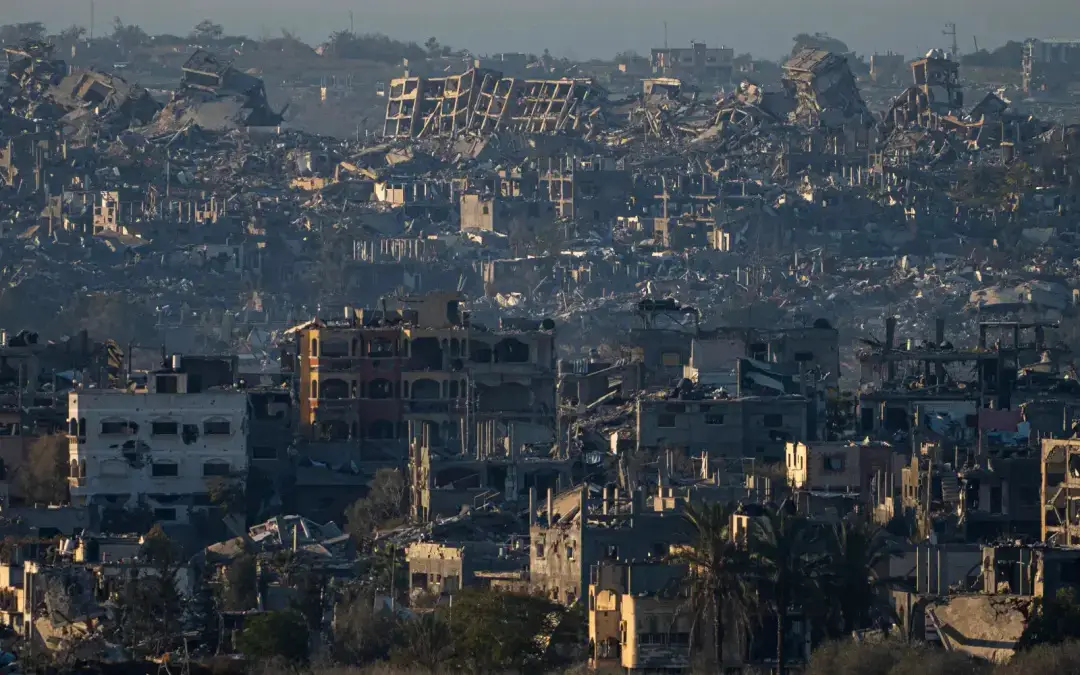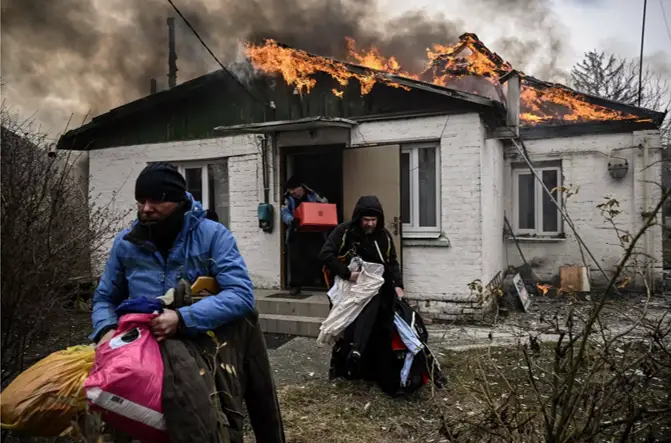Gaza’s landscape is now a patchwork of rubble and ruin. Following months of intense bombardment and blockade, the territory faces a reconstruction effort of staggering scale—one that experts warn could span decades without immediate international intervention, sustained funding, and a political resolution to the underlying conflict.
Table of Contents
The Scale of Destruction
Over 70% of Gaza’s homes—tens of thousands of buildings—have been damaged or destroyed, according to UN estimates, displacing nearly 1.7 million people. Critical infrastructure lies in ruins: sewage systems flood streets, electricity grids are offline, and hospitals operate without fuel or supplies. Schools, universities, and cultural centres have been reduced to concrete skeletons.
“This isn’t just physical destruction—it’s the erasure of systems that sustain life,” says a UN official involved in postwar assessments. “Rebuilding will require more than bricks; it demands reimagining entire communities.”
A Timeline Measured in Decades
While precise estimates vary, analysts agree that reconstruction could take 20–30 years under ideal conditions—a scenario far from Gaza’s current reality. Key hurdles include:
- Housing: With construction materials restricted under Israel’s blockade, rebuilding 140,000+ damaged housing units could take 15–20 years, even if supplies were allowed in freely.
- Infrastructure: Restoring water, electricity, and transportation networks may require $2 billion alone, per the World Bank, and 15+ years of work.
- Economy: Unemployment, already at 45% pre-conflict, could soar further. “Without jobs, Gaza’s youth face a future of despair,” warns a Gaza-based economist.
Funding Shortfalls and Political Paralysis
The financial cost of reconstruction is projected to exceed **40billion∗∗—morethandoubleGaza’sannualGDP.Whileinternationaldonorspledged40billion∗∗—morethandoubleGaza’sannualGDP.Whileinternationaldonorspledged5.4 billion in 2021 for earlier recovery efforts, less than half materialized. This time, skepticism runs deeper. “Donor fatigue is real,” admits a European diplomat. “Why invest if another war could erase progress?”
The blockade, in place since 2007, remains the elephant in the room. Israel and Egypt tightly restrict the import of construction materials, citing security concerns. Meanwhile, political divisions between Hamas and the Palestinian Authority further complicate coordination.
A Cycle of Destruction
Gaza’s plight is not new. After the 2014 war, rebuilding efforts crawled for years, only to see gains obliterated in subsequent conflicts. Today’s damage is exponentially worse. “We’re stuck in a loop: build, destroy, repeat,” says Ahmed, a Gaza City father of four living in a tent. “My children know nothing but war.”
The Human Toll
Beyond infrastructure, Gaza faces a generational crisis. Over 625,000 students have no functional schools, and trauma permeates daily life. “Kids here draw rockets, not trees,” says a UNICEF worker. Health systems, already strained by years of shortages, now grapple with disease outbreaks and thousands of untreated injuries.
A Path Forward?
Experts stress that reconstruction cannot succeed without:
- A lasting ceasefire and political agreement to prevent renewed conflict.
- Lifting the blockade to allow unfettered access to materials and labor.
- A Marshall Plan-level commitment from global powers, including Gulf states, the EU, and the U.S.
Yet hope is scarce. “Gaza isn’t just a humanitarian crisis—it’s a moral test,” says Jan Egeland, head of the Norwegian Refugee Council. “Will the world act, or let this become another forever war?”
As aid groups scramble to deliver food and medical supplies, one reality is clear: Gaza’s road to recovery will be measured not in years, but in generations.
This article cites data from the United Nations, World Bank, and humanitarian organizations operating in Gaza.



